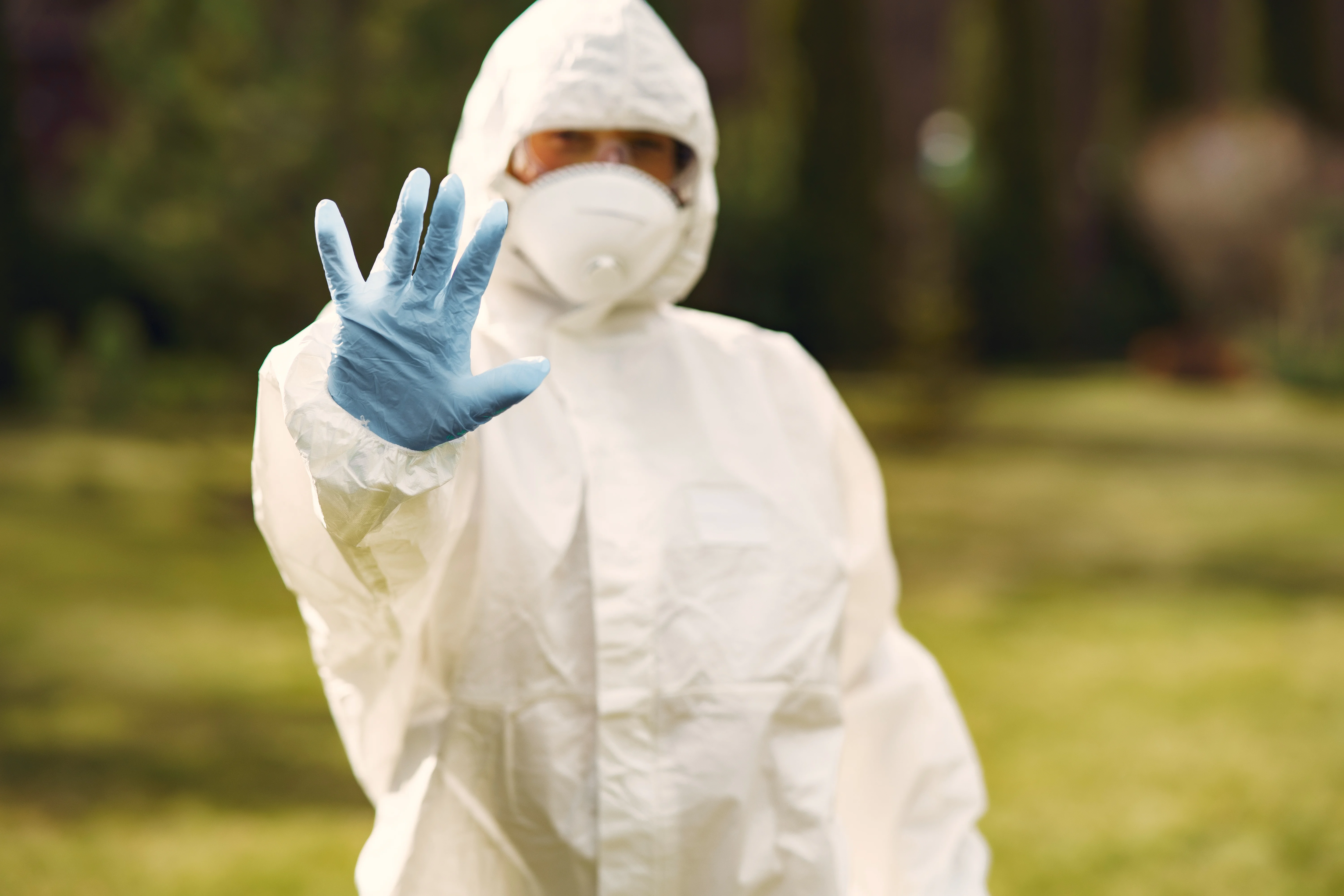
Blog
16th July 2020
Personal protective equipment, commonly known as "PPE," is worn to minimize the exposure of hazards that cause serious workplace illness and injuries. These illnesses and injuries may occur from contact with chemical, physical, electrical, mechanical, radiological, or other workplace hazards. Personal protective equipment may include safety glasses, shoes, gloves, earplugs or muffs, hard hats, respirators, coveralls, vests, and full bodysuits.
The expanding construction sector gave rise to several occupational hazards like silica-related diseases, noise-induced hearing loss, etc. which emphasized OSHA and other organizations to lay down strict norms that demanded construction companies focus on their workers wearing protective equipment. For instance, Sweden-based construction group Skanska recently joined with Colony Hardware and Radians, one of the successful personal protective equipment company, to manufacture an entire portfolio of off-the-shelf PPE customized for women. In addition to this, the ongoing COVID-19 pandemic has also contributed to the growth in the usage of PPE to a great extent. Moreover, the rising incidence of diseases worldwide are significant factors boosting the growth of the market. For instance, the effects of the COVID-19 (coronavirus) pandemic have resulted in an unprecedented surge in demand for PPE manufacturing industries in the United States, nearly overnight leading to a substantial revenue to rise at an annualized rate of around 3.80% to USD 5.7 billion over the five years to 2020. However, the availability of counterfeit or fake products is expected to restrain the market growth.
Due to COVID-19, demand for face masks is in rising across the globe. Over 50 nations have made it mandatory to wear masks in public places. China still acquires a top position making maximum masks, but new makers are entering the market. Even before the emergence of the pandemic, China has been the major exporter of surgical masks, medical goggles, and protective garments globally. Due to the shortage in the supply in the initial phase, the prices of this equipment witnessed a drastic surge. For instance, Basic surgical masks that until last year cost a few cents were retailing at USD 1.25 each in some places, and expenses of respirator-grade N95 covers, which stop at least 95% of particles, has been reported as high as USD 25. Furthermore, based on WHO modeling, an estimated 89 million medical masks are required for the COVID-19 response. For examination gloves, that figure goes up to 76 million, while international demand for goggles stands at 1.6 million per month. For instance, the United States officials estimated that the country needed 300 million face masks to cope with COVID-19 in 2020. Since then, US manufacturer 3M made 550 million masks in 2019 and has announced to produce 2 billion masks this year.
Supplies (PPE) needed by health workers monthly against COVID-19 worldwide 2020

Source: who.int
Compared to North America and Europe, the market for PPE in Asia-Pacific is expected to grow at a significant rate in the coming years owing to the presence of a large population and rise in construction and industrial activities, where safety regulations are often poorly enforced. Employees, workers, and government in Asia-Pacific are increasing efforts to prevent workplace accidents. Moreover, the increasing COVID-19 cases to about 12.9 million across the globe (the United States and Asia-Pacific) led to an increase in demand for PPE. Countries are establishing their own PPE production facilities to meet the surging demand. For instance, India now produces nearly 4.5 lakh PPE kits every single day and witnessed 56 times growth establishing INR 7,000 Crore industry. Currently, India is the world's second-largest manufacturer of PPE, next to China.
Share of the leading exporters of personal protective products worldwide in 2019

Source: UNSD; WTO; UN Comtrade
The demand for PPE in the coming years is expected to be growing continuously in the short-term. Amid COVID-19 pandemic, the WHO estimates that the industry must increase PPE manufacturing by 40 percent to meet rising global demand. For instance, this year, the share of PPE is expected to climb to 85%, and the global market for disposable masks is expected to worth USD 75 billion. With the introduction of the vaccine and the end of the ongoing COVID-19 pandemic, the demand is likely to decline. However, the significant role of PPE in industries such as construction, oil, and gas, pharmaceutical, manufacturing among other industries is likely to drive the demand for PPE in the long run. The current capacities that have been established are likely to be beneficial in facing any other pandemic outbreak in the coming years.